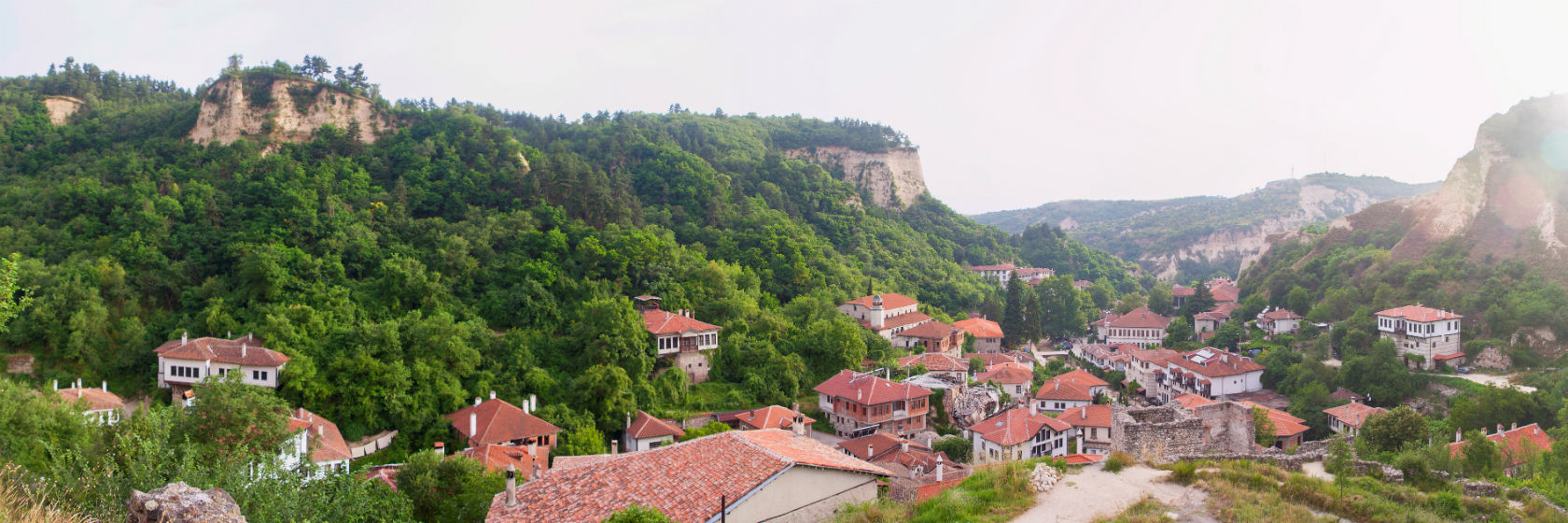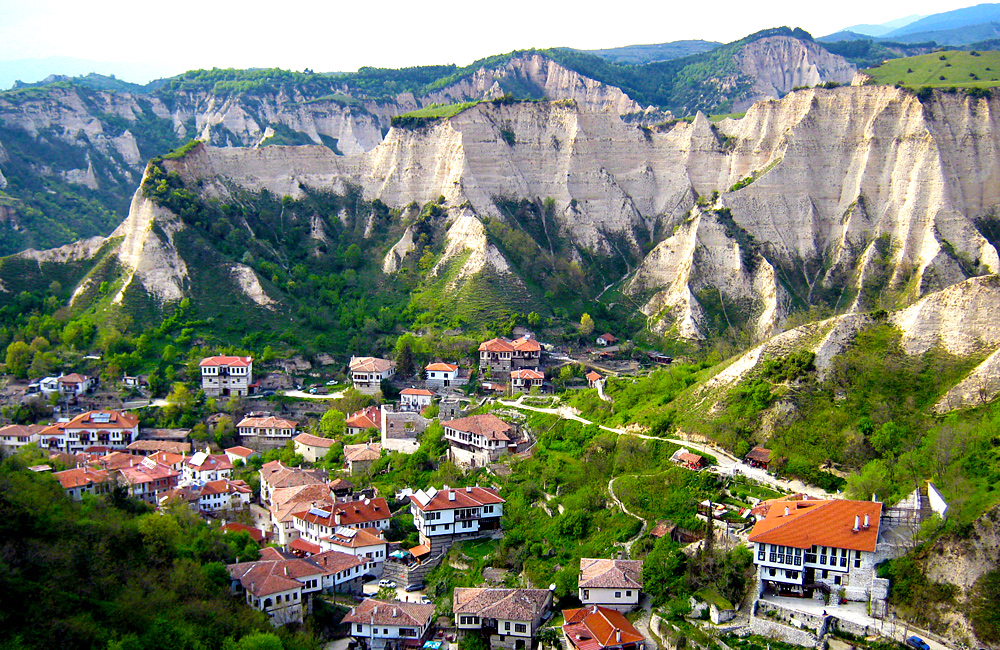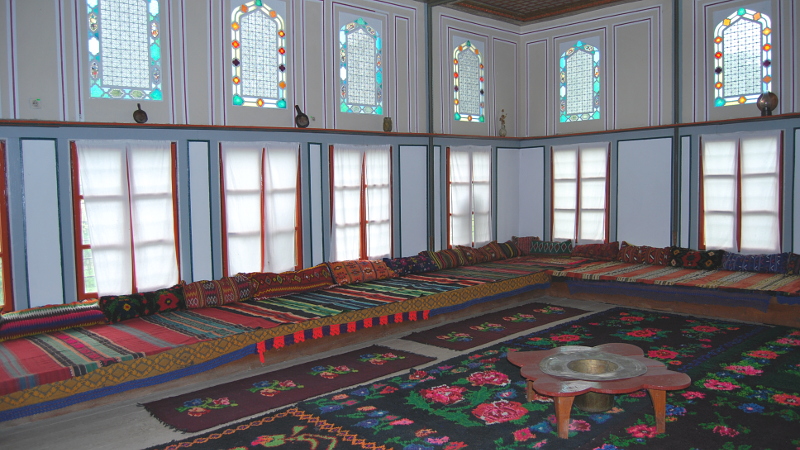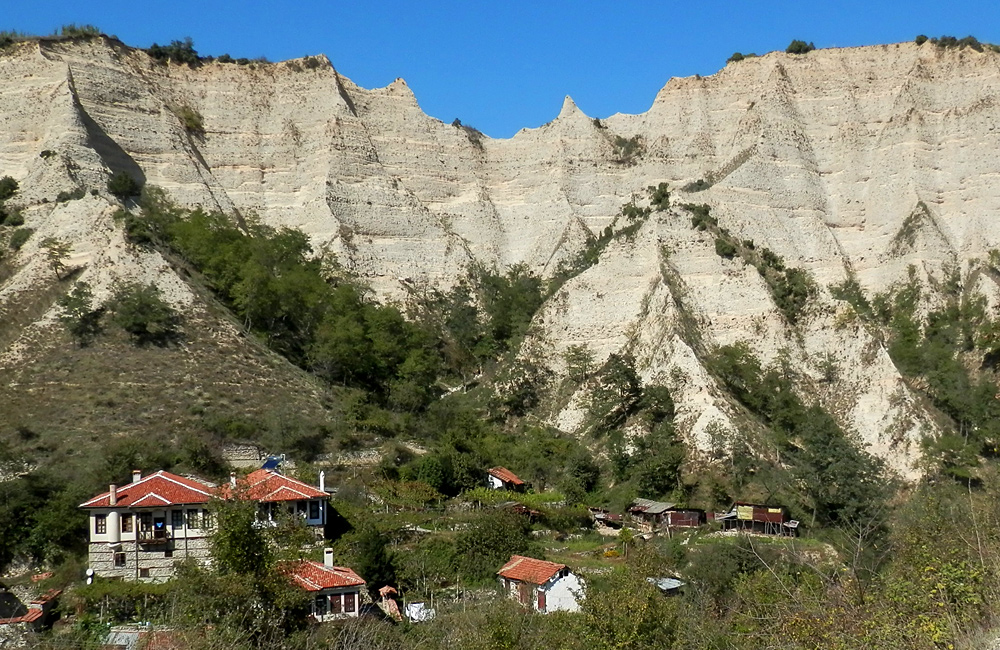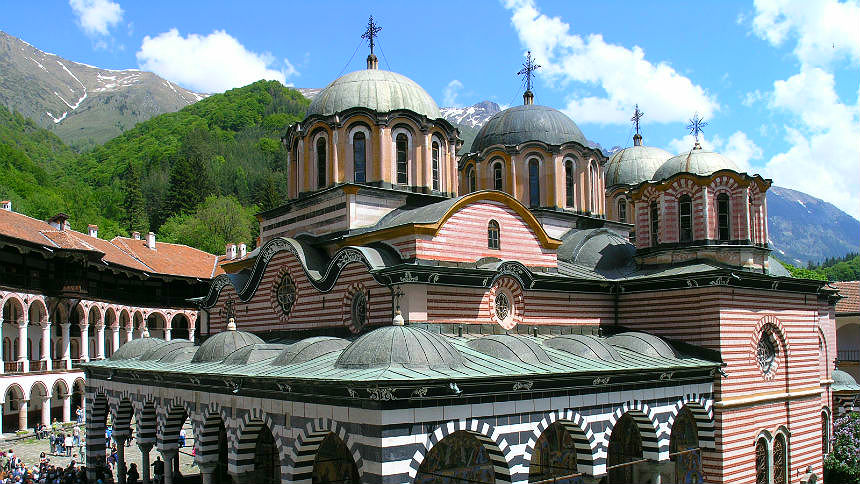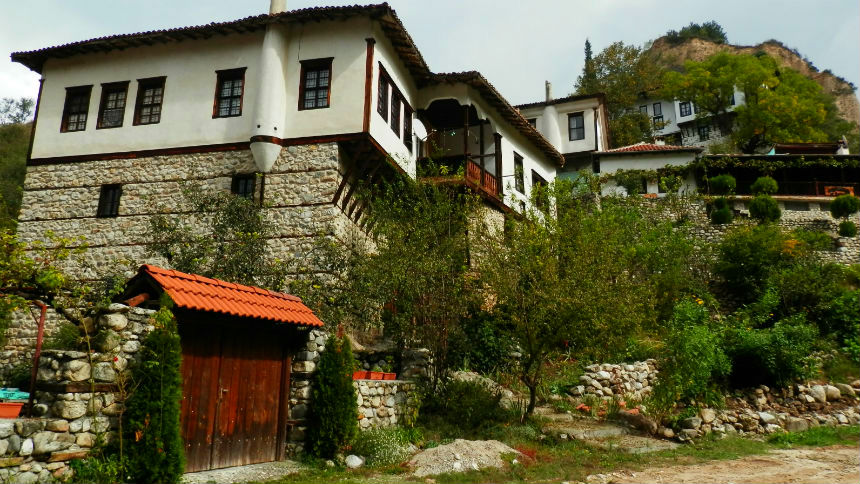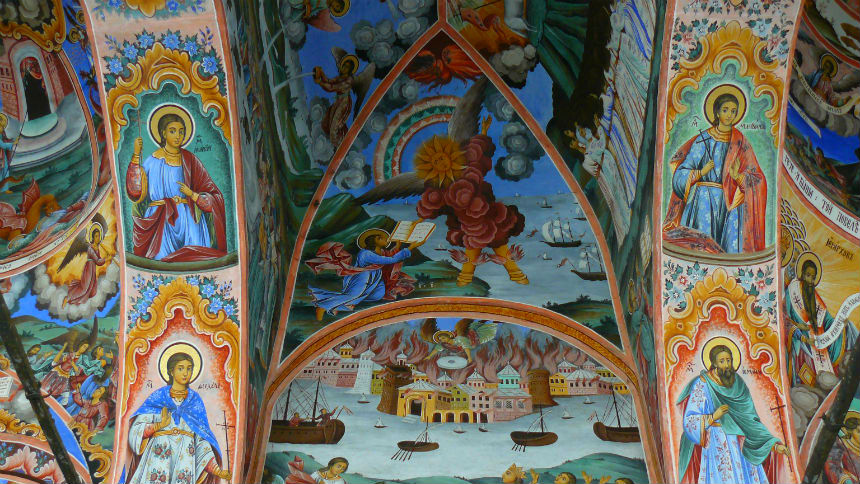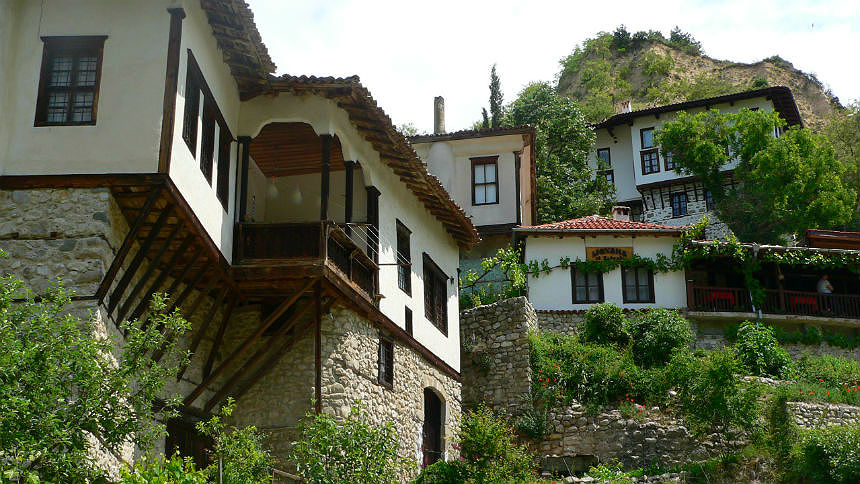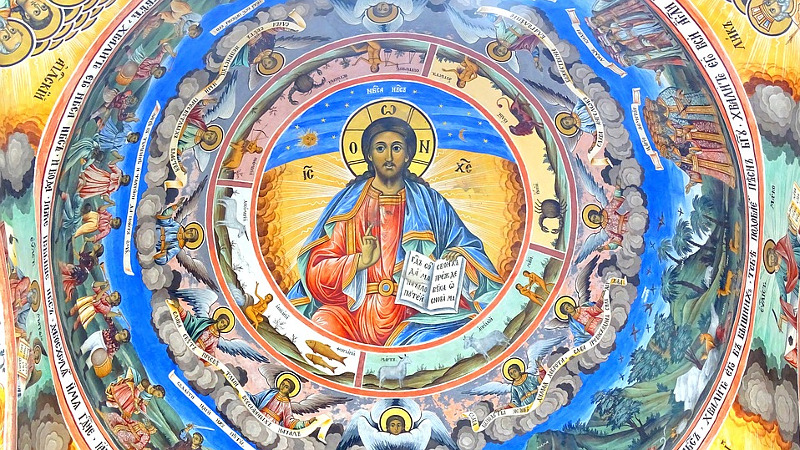The Rila Monastery is one of Bulgaria’s symbols and a popular tourist destination. The monastery is set deep in the heart of Rila Mountain, between the Rilska and Drushliavitza Rivers, at 1147 meters (3760 feet) above sea level. It is situated 120 kilometers south of Sofia, and 41 kilometers east of Blagoevgrad.
The monastery was found in the first half of the 10th century AD. Its history is directly connected with the first Bulgarian hermit, Saint John of Rila or Ivan Rilski, who chose this site to pray in seclusion. Through the ages, the Rila Monastery served as a spiritual, educational and cultural center for the Bulgarians. During the Bulgarian Revival (eighteenth-nineteenth century) the monastery opened about fifty metohia – small convents located in the bigger settlements on Bulgarian territory and its monks frequently went there to officiate, educate and popularize the monastery among the laymen. Most of the present complex of the Rila Monastery dates from the nineteenth century. The oldest building here is the Hrelyova Tower. Every inch of the principal church here, Nativity of Mary is covered by frescoes, work of the most renowned Bulgarian Renaissance painters.
From the end of the nineteenth century onwards, the Rila Monastery has a museum with historical exhibits from the region. The exposition includes important examples of Bulgarian and foreign art from the fifteenth to the nineteenth centuries. The most precious exhibit is the finely carved wooden cross, work of Father Rafail. He worked on his masterpiece for years, using the finest chisels and tools, and completed it in 1802, losing his eyesight due to the strenuous work. The cross represents 36 Biblical scenes, eighteen on each side, with over 600 miniature figures.

